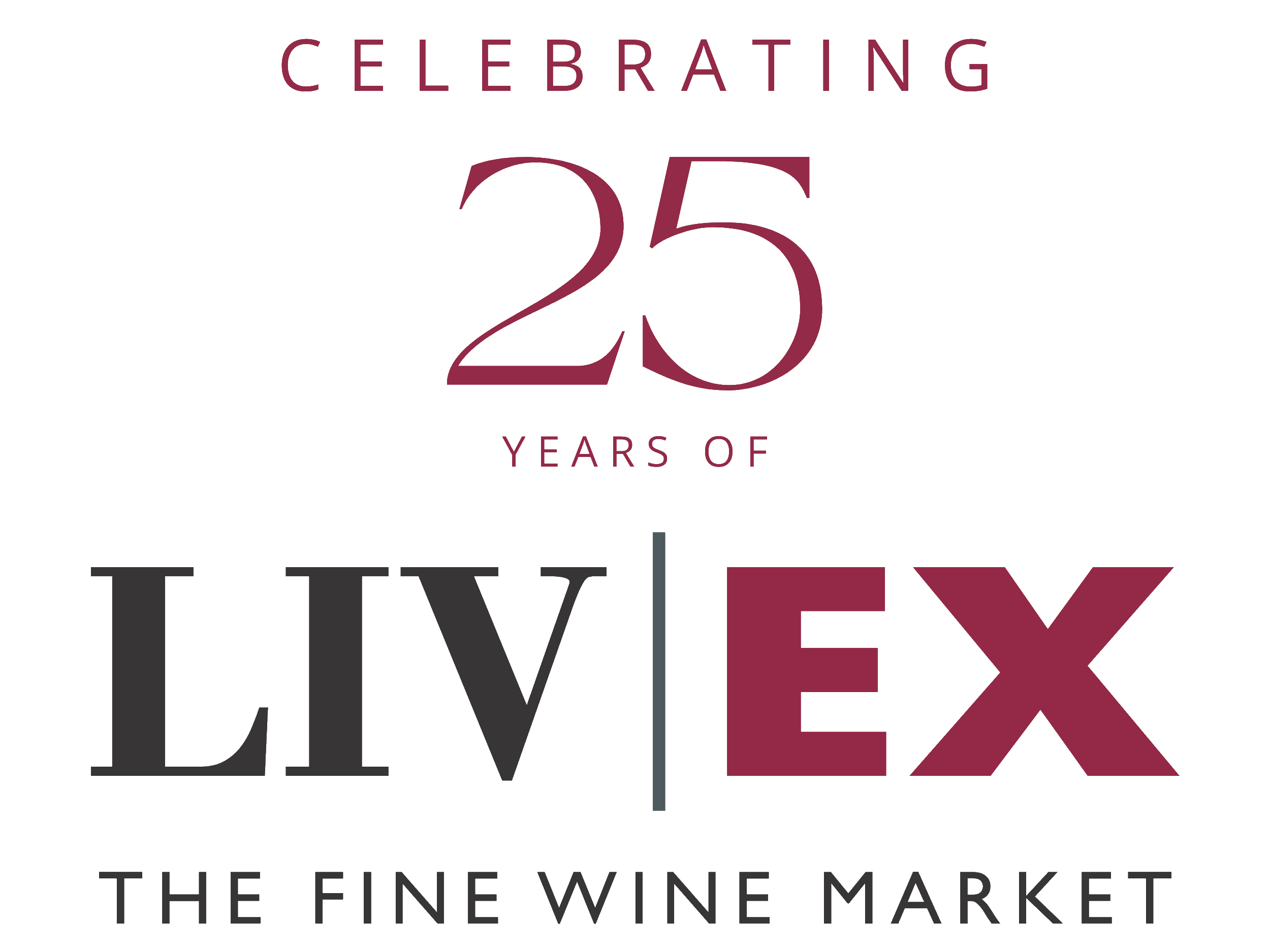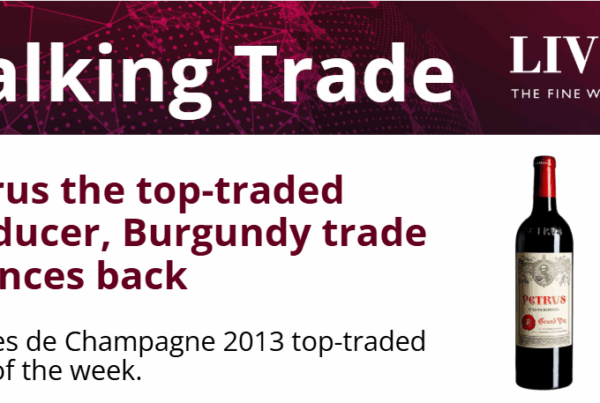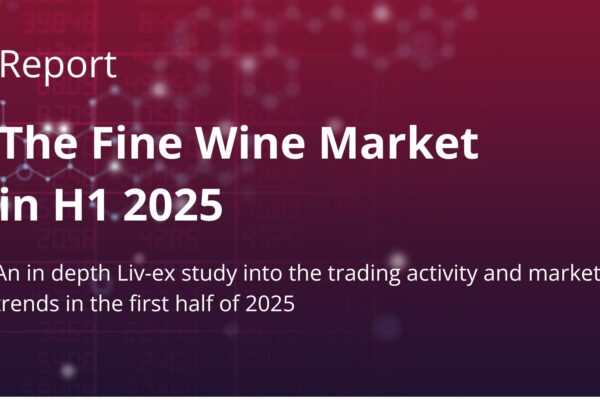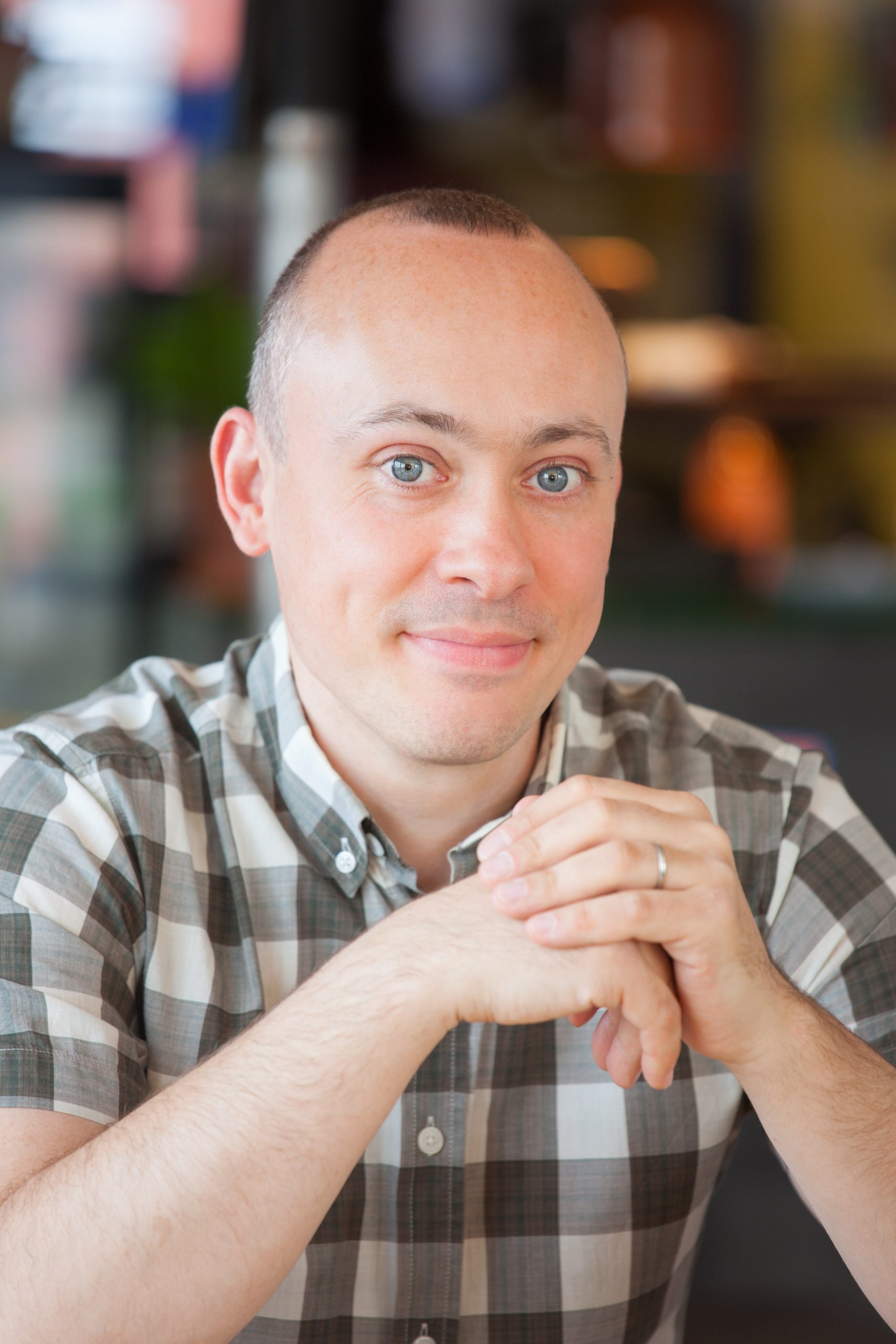 Matt Walls is an award-winning freelance wine writer and consultant, specialising in the wines from the Rhône. He is also Decanter’s Rhône correspondent and Regional Chair at the Decanter World Wine Awards (DWWA, 2020). Walls spent the last two years in France writing his book, “Wines of the Rhône”, which has now been published. We recently had the pleasure to talk to Walls about his research, his insider view on the region’s up and coming producers and the Rhône’s collectible appeal, explored in our report, The Rhône: Solid as a Rock.
Matt Walls is an award-winning freelance wine writer and consultant, specialising in the wines from the Rhône. He is also Decanter’s Rhône correspondent and Regional Chair at the Decanter World Wine Awards (DWWA, 2020). Walls spent the last two years in France writing his book, “Wines of the Rhône”, which has now been published. We recently had the pleasure to talk to Walls about his research, his insider view on the region’s up and coming producers and the Rhône’s collectible appeal, explored in our report, The Rhône: Solid as a Rock.
How did your wine writing career begin? What do you consider your greatest career achievement to this day?
I’ve been working in wine for 20 years and writing about it for over half that time. I started putting pen to paper in my spare time while working as Fine Wines Manager for Mentzendorff. I could see that a lot of people my age (then in my late 20s) were clearly interested in wine but didn’t know where to turn to for information, so I decided to write a light-hearted guide to wine to help people get into it. Originally, I planned to self-publish but I found a publishing house that was keen to take it on – Quadrille, for their New Voices in Food series. This gave me the confidence to go freelance and write full time.
Getting my first book published from a standing start felt like a big achievement at the time, but I have a greater sense of pride in my new book – it’s written for dedicated wine lovers rather than beginners.
Your book on the Rhône has just been published. How did this come about?
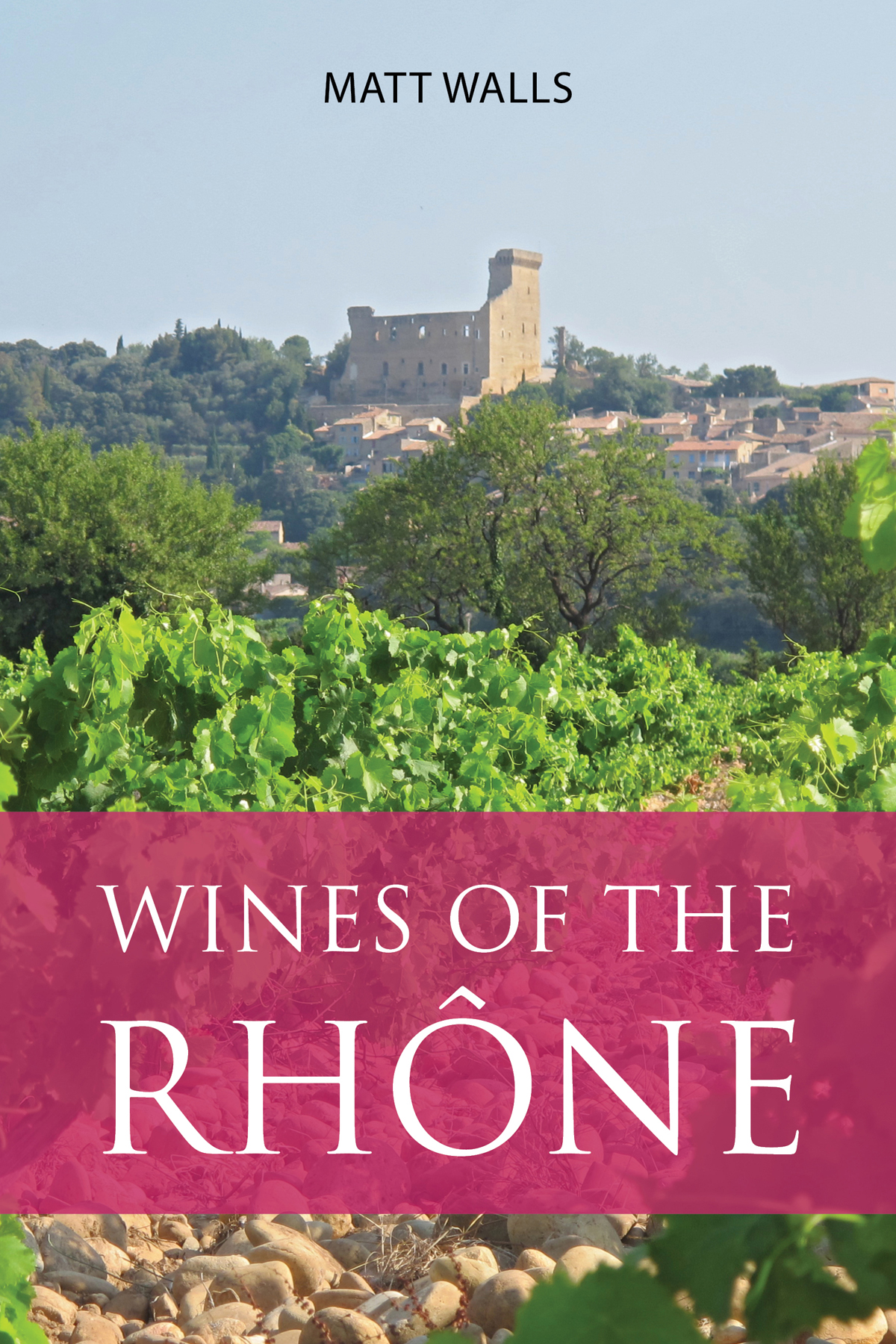 I was commissioned to write it by publishers Infinite Ideas as part of their Classic Wine Library series (other recent titles include The wines of Germany by Anne Krebiehl MW and The wines of northern Spain by Sarah Jane Evans MW). I’ve been covering the Rhône for Decanter for many years now and I head up their Rhône panel at the Decanter World Wine Awards. There aren’t many other Rhône specialists, so I guess I was an obvious choice!
I was commissioned to write it by publishers Infinite Ideas as part of their Classic Wine Library series (other recent titles include The wines of Germany by Anne Krebiehl MW and The wines of northern Spain by Sarah Jane Evans MW). I’ve been covering the Rhône for Decanter for many years now and I head up their Rhône panel at the Decanter World Wine Awards. There aren’t many other Rhône specialists, so I guess I was an obvious choice!
Walls’ new book Wines of the Rhône is now available from book sellers. Signed copies are available from his website www.mattwalls.co.uk
Northern vs Southern Rhône: do you have a preference?
It depends on the time of year, my mood, what I’m eating… I love the purity, finesse and aromatics of Northern Rhône wines, but sometimes I crave the opulence and generosity of the Southern Rhône. One of the best things about covering the Rhône in fact is that I get two very different regions to explore.
Which are the emerging and the most exciting producers in the Rhône in your opinion?
There are several appellations that are particularly dynamic at the moment. In the Southern Rhône I would include Ventoux (including producers such as Saint Jean du Barroux, Clos du Trias, Château Pesquié, Domaine de Fondrèche…), Tavel (Domaine L’Anglore, Domaine Moulin la Viguerie, Clos des Grillons…) and overperforming Named Villages such as Saint-Andéol (Domaine du Chapitre, Domaine Saladin, Mas de Libian) and Massif d’Uchaux (Cros de la Mure).
These are all great wines to drink, but in terms of undervalued top-end wines with great potential I’d take a look at Domaine Gourt de Mautens near Rasteau, Moulin de la Gardette in Gigondas, Domaine Gramenon near Valréas. And in Châteauneuf-du-Pape: Domaine du Banneret, Domaine Charvin, Le Vieux Donjon and Rotem & Mounir Saouma.
Which Rhône vintages would you recommend for drinking this year?
In the Southern Rhône your options are fairly open, but the most serious 2010s need more time, and I’d lay off the more structured 2015s and 2016s for a few years now. I’m particularly enjoying the 2007s, 2006s and 2001s from Châteauneuf and Gigondas right now; the 2012s from across the Southern Rhône are drinking well, as are the better 2013s.
In the Northern Rhône, the 2016s and 2010s are more approachable than in the South (except for Hermitage), but hands off the Northern 2015s, they’re beginning to close down now. I’m particularly enjoying the 2012s, 2006s, 2001s and 1999s.
How do you think climate change has impacted the style of the wines, specifically CNDP?
Similarly to how it has in the rest of France; grapes are ripening earlier and more reliably, making for riper styles of wine. Rainfall patterns have changed too; it rains more in autumn/winter, but summer is increasingly seeing drought conditions in the Southern Rhône in particular, making for more concentrated, structured styles. It’s worth remembering that Châteauneuf has always been a bold, relatively high-alcohol style though. Thankfully the principal varieties here such as Grenache, Mourvèdre and Cinsault are well adapted to hot conditions. And there are plenty of different grapes for growers to choose from; Burgundy, for example, doesn’t have that luxury.
Nyons was granted Named Village status earlier this year. Do you think there will be any more upgrades on the horizon?
One possibility is Saint-Julien-en-Saint-Alban, which lies at the far south of the Northern Rhône, beyond Cornas on the west bank – but I don’t think this is going to be promoted any time soon. At the same latitude on the opposite bank lies Brézème, a fascinating terroir that can already use its name on the label despite not being a Named Village. It deserves to be elevated to Cru level alongside Saint-Joseph, Cornas and the like – but this is likely to take years.
Our recent report on the Rhône highlighted that the region has found particularly strong resonance amongst US buyers, but less so in the European and Asian markets. Why do you think this is the case, and do you see it changing in the future?
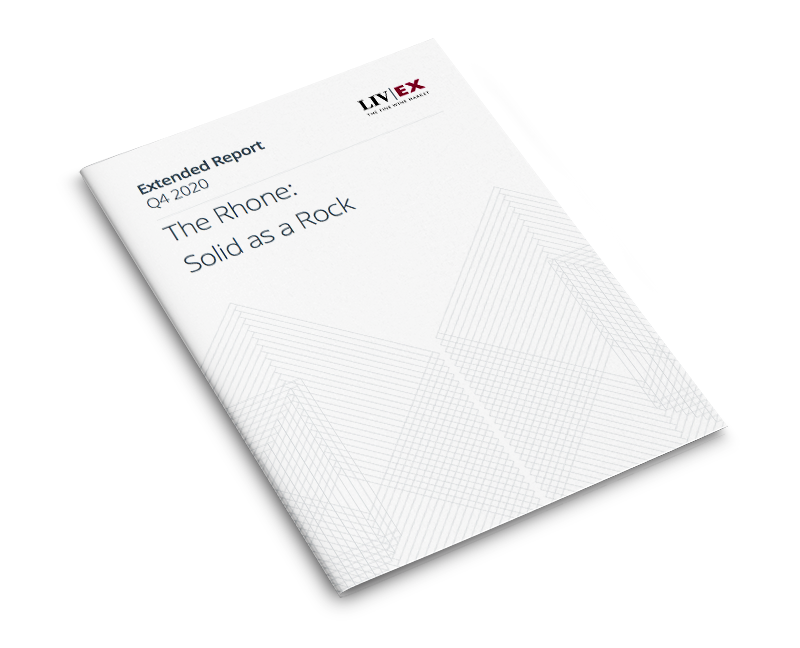
The wines of Bordeaux and Burgundy have enjoyed a place on British dinner tables for centuries, but the Rhône, and Châteauneuf-du-Pape in particular, was somewhat in the doldrums before being championed by Robert Parker in the 1980s. It quickly gained a following in the US on the back of high scores from The Wine Advocate and other US publications. But what American consumers and European and Asian wine drinkers enjoy is not always aligned, so European and Asian wine lovers may have found that these high-scoring wines weren’t necessarily to their taste. Many winemakers in the region will admit that they courted Parker’s palate in the 1990s and made wines in an exaggerated style.
But Châteauneuf-du-Pape is a huge appellation of 3,200ha (by comparison Hermitage is 140ha). Due to its size and the variety of its terroir, there is great diversity of style in Châteauneuf; it’s really up to consumers and collectors to research and uncover the estates that they enjoy. It’s true that there’s less to choose from for wine lovers who, like me, prefer more measured, classic styles rather than blockbusters. But there are nonetheless plenty of wine in a more discrete, balanced style to choose from.
As the perennial underperformer on the secondary market for fine wine, do you think the Rhône has been misunderstood?
Yes and no; wine collectors are a pretty canny bunch on the whole. What I would say is that a lot of Southern Rhône wines are drunk too young, which can lead to them being underrated or underappreciated. You wouldn’t drink 2015 Bordeaux First Growths, and the best wines of the Rhône also need to be opened when mature to enjoy their full complexity and terroir expression.
As a collector I would also wary about generalising about ‘the Rhône’ – it’s really two distinct regions. The Southern Rhône and the Northern Rhône rarely enjoy the same quality or style in any given vintage and the wines age differently. It’s worth remembering that volumes in the Southern Rhône are often far bigger; just 5% of Rhône Valley wines are from the Northern Rhône.
Another reason for it underperforming on the secondary market is the run of good vintages it’s enjoyed in recent years – it can take away the imperative to buy. That said, although the 2018 vintage has been lauded by some, I would urge caution; despite some very good wines being produced, in general terms it is not on the same level as 2015, 2016, 2017 or 2019.
Which other regions do you see as having the most potential to gather momentum on the fine wine market in the next five years?
It’s not a region, but I’m looking forward to seeing how the secondary market responds to top Natural wines over the coming years, particularly with their heightened sensitivity to storage conditions and lingering questions around longevity.
Why should collectors consider the Rhône for their portfolios?
Prices for Rhône wines haven’t been rising at the same rate of, say, Burgundy or Italy. But looking at Liv-ex data, the Rhône had been gaining interest over the past few years and is now performing better than some other regions.
It’s not easy to get allocations of many of the best performing Burgundies these days, but top Rhône wines are still fairly accessible for now, and prices remain low. Having broad tasting experience of fine wines from around the world, I would say that the best wines of the Rhône are clearly undervalued.
To read our in-depth analysis on the trends defining the future of the region on the secondary market, claim your complimentary copy of our report (in English or French) via the form below.
